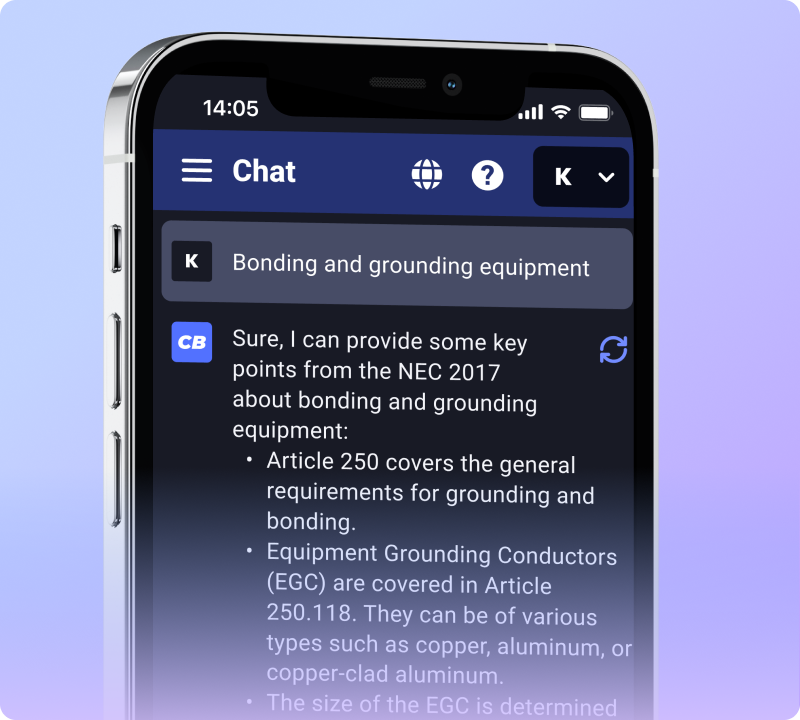Having trouble with your construction project? A good plan for site logistics can make things better. This blog will show you how to use site logistics planning to save time and money, and keep everyone safe on the job.
Keep reading to learn more.
Key Takeaways
- Site logistics planning in construction boosts efficiency, minimizes costs and delays, and increases safety.
- Good planning includes using technology for tracking materials and improving communication on-site.
- Clear plans and layouts help workers understand their tasks better, making the site safer.
- Working with logistics experts improves project management through better material handling and coordination.
- Adopting modern tools like software apps and drones helps keep projects on track.
Importance of Site Logistics Planning in Construction
Site logistics planning is key in construction. It boosts efficiency and keeps projects on track.
Maximizes efficiency and productivity
Site logistics planning helps boost efficiency and productivity on construction projects. Good planning ensures that all resources, like materials and equipment, are in the right place at the right time.
This speeds up work and keeps tradesmen moving smoothly.
Using technology can also help track materials and equipment more easily. It reduces waste and cuts down delays. By improving access routes, workers can get to their tasks faster without wasting time in traffic or searching for tools.
Good site logistics is key to getting jobs done fast.
Minimizes costs and delays
Planning for site logistics helps to minimize costs and delays. Good planning streamlines resource coordination. It ensures that materials arrive on time and in the right amounts. This cuts down on wasted resources.
Scheduled equipment can be used efficiently, reducing rental costs.
Effective traffic flow management prevents bottlenecks at the construction site. Clear access routes help workers move quickly and safely. Safety planning also plays a role in keeping projects on schedule.
Fewer accidents mean less downtime, saving money as well. Overall, strong project logistics leads to better control of expenses and timelines.
Increases safety and compliance
Site logistics planning boosts safety and compliance on construction sites. Clear site layout helps workers know their space. This reduces accidents and injuries. Proper access route planning allows for easy movement of heavy equipment.
It also helps in emergency situations.
Following safety standards is key in every project. Site-specific planning ensures all regulations are met. Workers stay safer when they understand the plan. Good communication with team members builds a safe working environment, too.
Following these practices leads to better construction site management and fewer risks overall.
Best Practices and Strategies for Site Logistics Planning
Good site logistics starts with careful planning. Using technology helps keep everything on track and saves time. Clear communication with experts boosts efficiency too.
Meticulous planning
Planning is key in construction. It helps to coordinate equipment and materials effectively. Good planning keeps the project on track. It also saves time and money.
Site-specific planning takes into account the unique needs of each job site. This can include heavy equipment scheduling and personnel management. Proper planning increases safety, making sure that everyone knows their tasks.
Clear plans help all workers understand how to handle materials and manage supplies efficiently. A well-thought-out site layout reduces delays and ensures a smooth workflow during construction projects.
Use of technology
Technology plays a key role in site logistics planning for construction. It helps manage materials and equipment better. Builders can use software to track supplies and plan schedules efficiently.
This leads to less waste and saves money on projects.
Mobile apps give workers instant access to plans and updates. Electricians can get real-time info while on-site, improving communication with the team. Drones can scan job sites quickly, providing useful data for site layout planning.
Using technology boosts safety and speeds up work processes, making project coordination smoother. By adopting these tools, tradespeople streamline construction logistics effectively.
Collaboration and communication with logistics experts
After using technology, work closely with logistics experts. Good communication helps everyone understand the project better. Logistics experts can give valuable input on materials management and site-specific planning.
They know what tools and materials are needed to keep a project on track.
Clear talks help avoid mistakes that can cause delays. Teamwork leads to better equipment coordination and construction scheduling. Keeping everyone informed makes it easier to handle material handling issues as they come up.
Better collaboration serves all tradesmen well, leading to smoother building site logistics overall.

